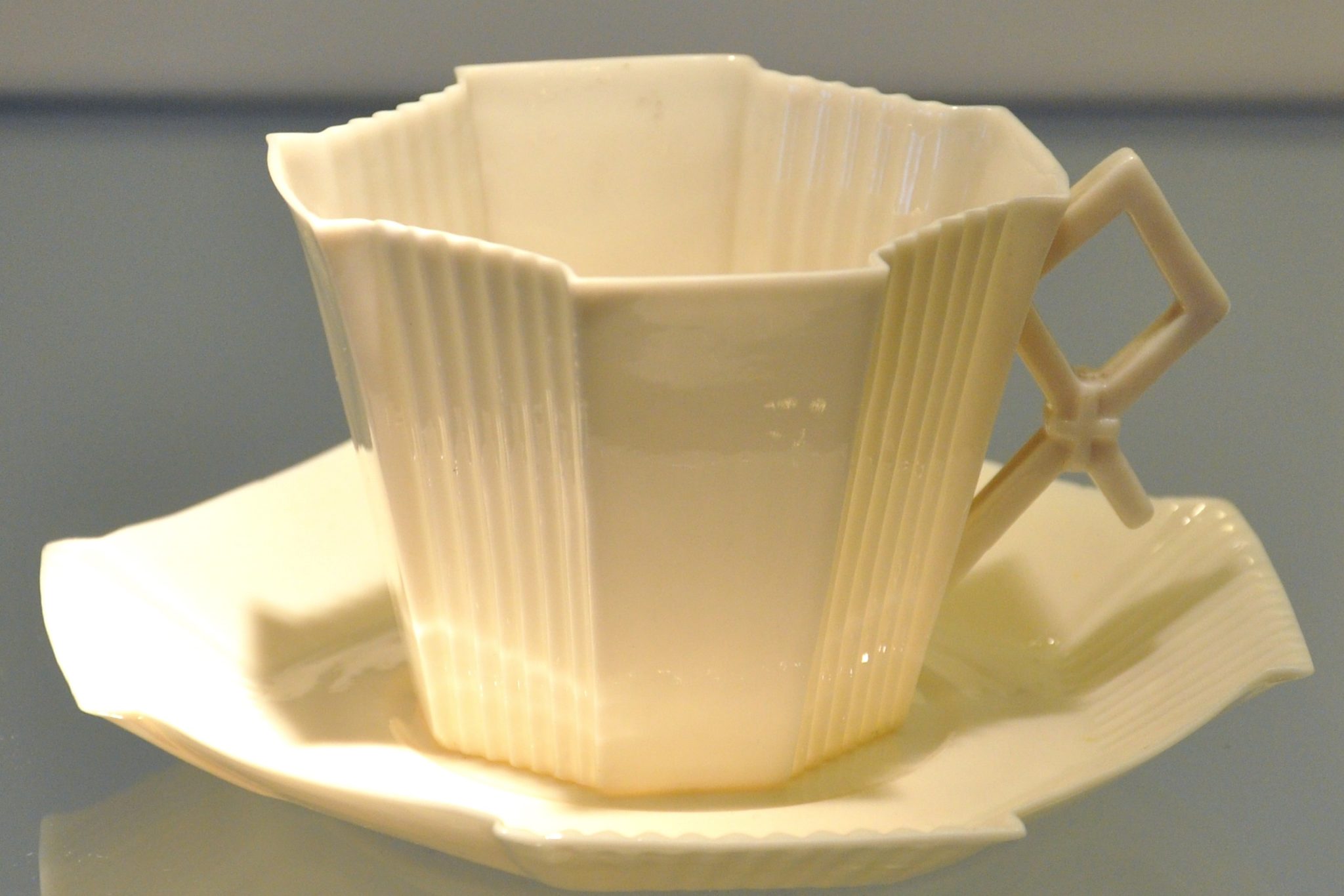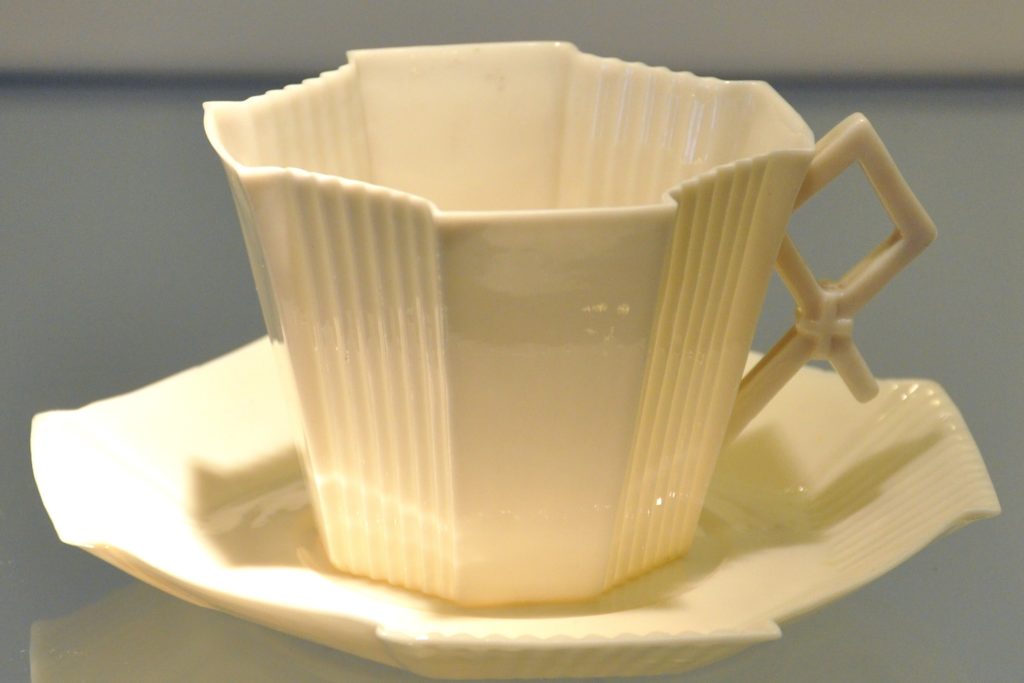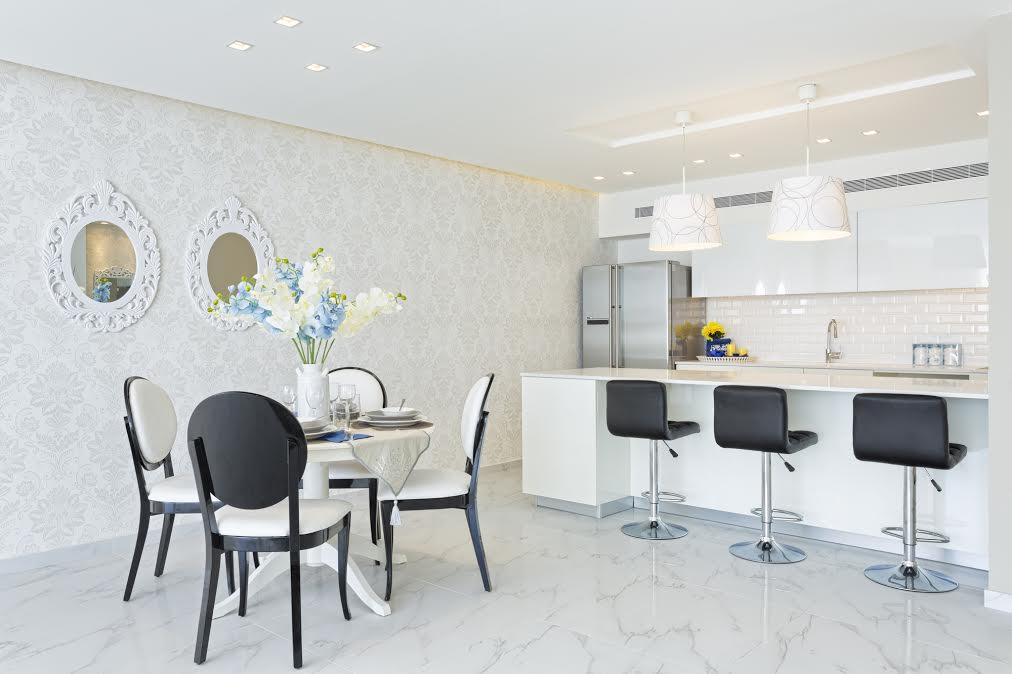You may or may not have heard of Belleek Pottery before but this Irish brand has developed a world-renowned reputation over the last 160 years. Known for being the pinnacle of high quality, Belleek is simple some of the best-made pottery you can buy.
Whether your style is natural and simplistic or contemporary and fun; there is a style of Belleek Pottery which is perfect for your home. Thanks to the superior quality of Belleek Pottery you can be assured that your choice of pottery will not only look great in your home but also stand the test of time. With both style and substance aplenty- what more could you ask for?
What is Belleek Pottery?
Originally known as Belleek Pottery Works Company, Belleek Pottery first began producing pottery and tables wear in 1857. Back then the company’s style was based in heavy earthenware. Belleek is one of Northern Ireland’s oldest potteries and 2017 marks their 160th anniversary. The Belleek headquarters are still located in the original building used for the production of the first pieces of Belleek in County Fermanagh in 1870. The company was originally intended to give employment to many affected by the Irish Potato Famine. No one could have envisioned it would grow into the worldwide success of today.
Each piece of Belleek Pottery is individually designed and crafted using techniques which have been passed down from generation to generation throughout the last 160 years. Each piece of pottery passes through 16 pairs of talented and experienced hands before it is shipped out to its new owner. To ensure only the highest quality of finishes, the entire process is meticulous with pieces being confined to the scrap heap for even the tiniest of flaws. The Belleek name embodies a worldwide reputation for craftsmanship and quality and each piece produced by the historical company does not disappoint.
Is Belleek Right For You?
When you invest in Belleek Pottery you are guaranteed to end up with tableware you will be proud to show off. If your tastes are simple and organic then you may prefer ranges such as the Pure or Grafton ranges- white and clean with sashes of character. If you prefer something more patterned then the Novello tableware range may be right up your street- fun yet classy.
Read also: What Species Of Wood Is Right For Your Wine Cellar Furniture?
No matter your style, there is a range to suit your tastes and this is an investment you will be happy you made when you are still using your pristine Belleek tableware years down the line thank to its superior quality. If you are celebrating a special occasion or having guests over for a meal then a set of Belleek tableware is bound to set a good impression as well as impress your guests with your style and good taste.
As part of the celebrations for the 160th anniversary of Belleek Pottery, the company has produced 16 unique and original pieces to represent each of the decades of which the company has been in production.
So What’s Stopping You?
Investing in a set of Belleek Pottery is much more than simply buying some nice looking tableware. You are investing in a piece of Irish craftsmanship which has a history over 160 years old. Each piece will have been lovingly crafted using techniques hundreds of year in the perfecting and the unique designs will have your guests impressed by with your taste.
Pick out some Belleek fine Parian china tableware which suits your taste and your homes décor and be safe in the knowledge that your purchase will last you well beyond the time you need it. The quality of Belleek Pottery will shine out whenever you use your new tableware.























